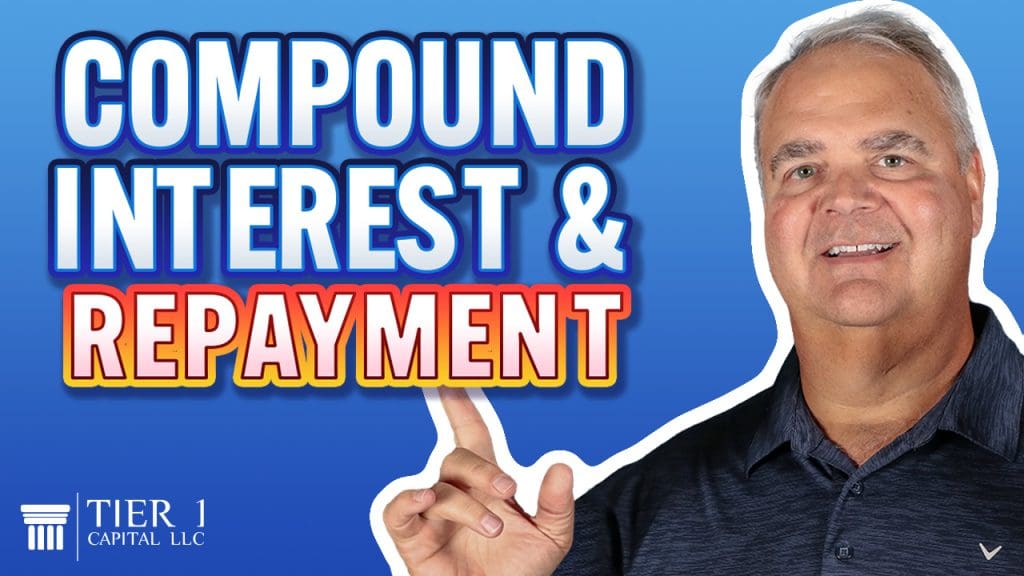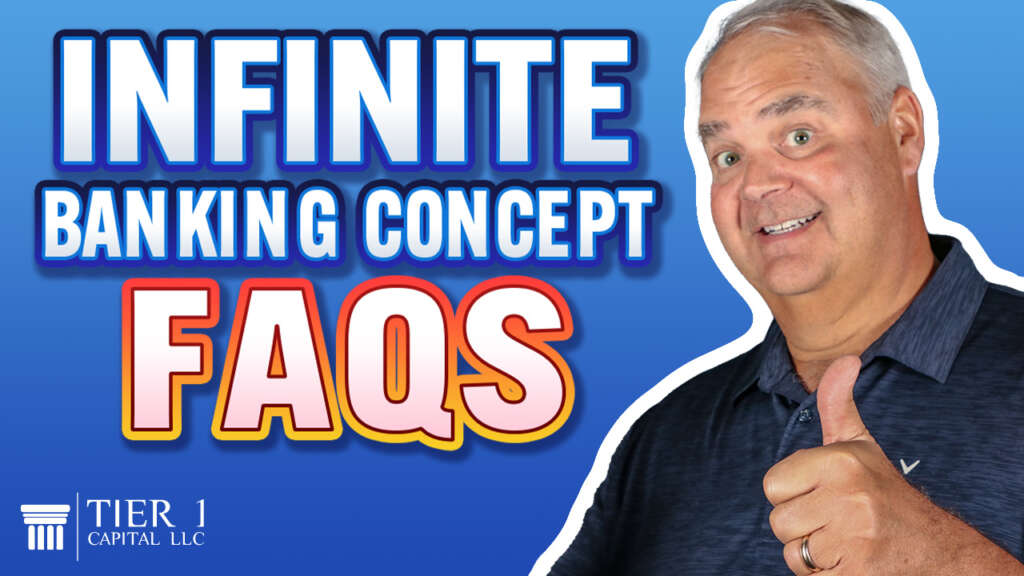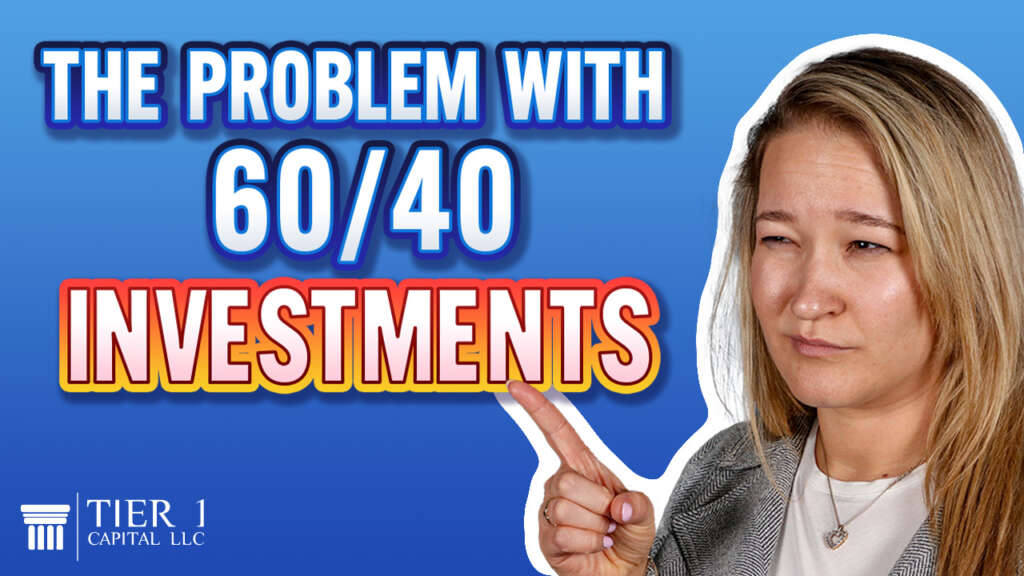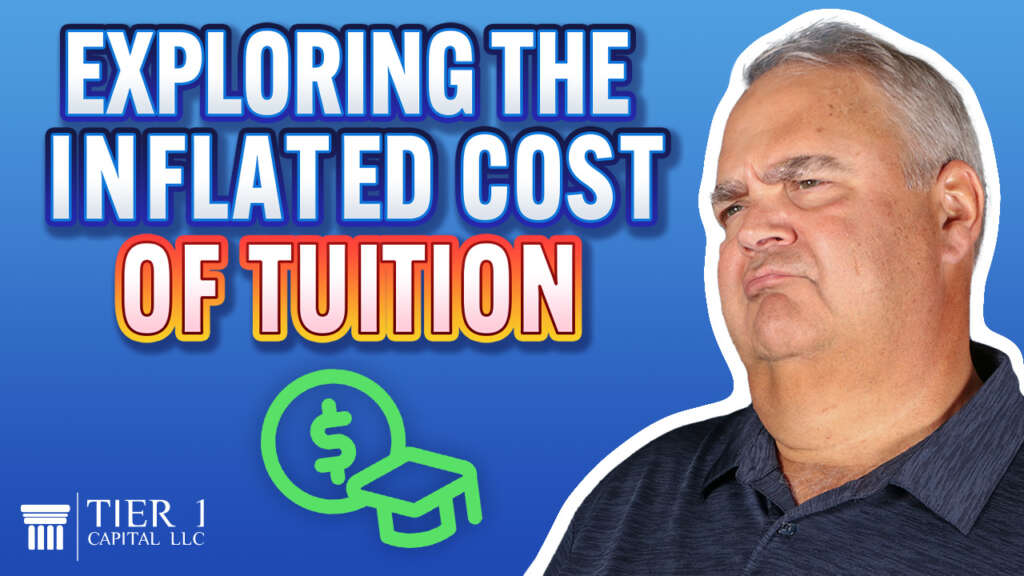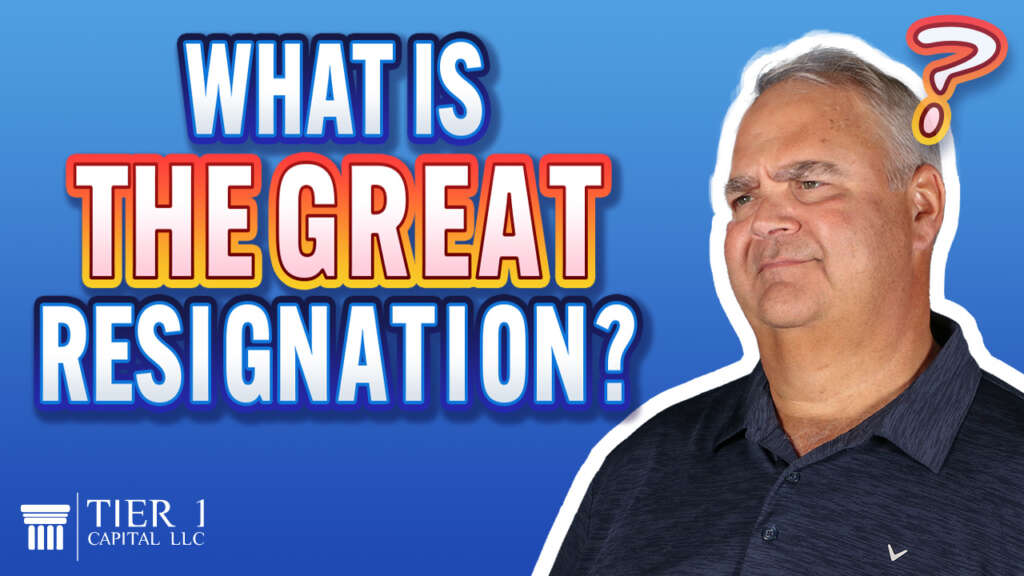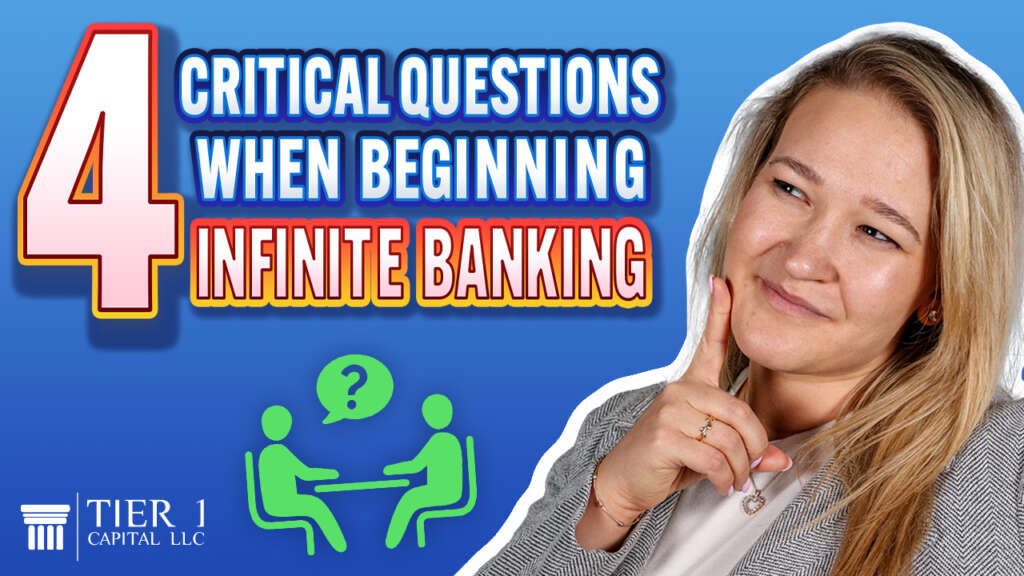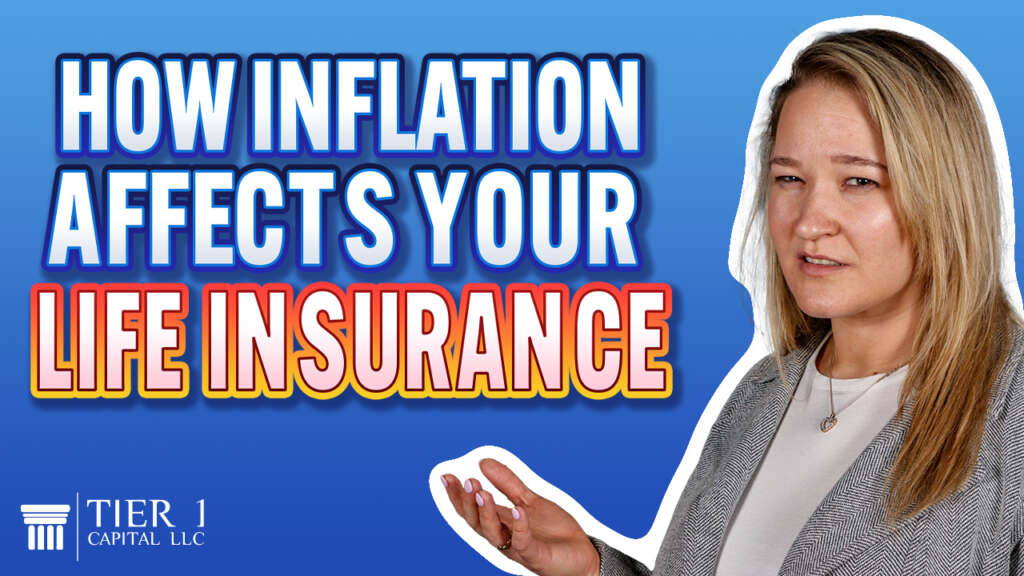
With inflation being a hot topic these days, a natural question may be, are my life insurance policy and my life insurance premiums inflation-proof? And how exactly are they impacted by inflation?
Based on the data inflation is officially a problem that we’re going to have to deal with. And based on experience, we all know the impacts of inflation. In December 2021, inflation stood at three-quarters of 1%. It wasn’t even calculated at 1%. In August of 2022, inflation was over 9%. And in December of 2022, it was down to 4.6%. Still a far cry from 75 basis points.
Now they call inflation the stealth tax because we don’t see it as a tax. It’s nowhere in our tax returns. It’s nowhere on our payroll checks. However, it impacts each and every single one of us, some more than others. We know we’re dealing with inflation, every time we go to the grocery store, every time we fill up our gas tanks, every time we get our utility bill, we are experiencing the damaging effects of inflation.
Now, pivoting to life insurance, how exactly does inflation impact the death benefit and the premiums? Well, keep this in mind. Inflation impacts everything. The question that needs to be answered is, is inflation impacting us positively or negatively? Because the news is not all bad.
Take your premiums, for example. With a whole life insurance policy, your premiums are locked in for your whole life. Whether your policy is a ten-pay policy paid up at 65 or a paid-up at age 121. Those premiums are contractually guaranteed to never increase. So the longer you can extend that premium payment period. You’re also paying those premiums with dollars that have been affected by inflation. So when you get to the tail end, let’s say age 121, the value of those premiums has been greatly affected by inflation.
A candy bar back in the sixties cost, what, $0.10? Today, you’re lucky if you could get a Snickers for $1.50. Think about that in terms of your premium. Your premiums are going to stay the same. But if you waited all that time, it’s going to feel like a nickel. And that’s the point. Inflation is going to affect your life insurance premiums positively because the dollars are going to have less purchasing power, the longer you extend your premium payment periods.
Now, going on a little tangent, the same applies to your mortgage. This is why it’s important to consider taking out a 30-year mortgage instead of a 15-year mortgage because you have a lower payment to begin with. And by the end of that term, that payment is going to feel like nickels.
Inflation is also impacting your death benefit. So if you start out with a death benefit, let’s say, to pay for a funeral. The longer you extend that payment period or the longer you live, the value of that death benefit is going to buy less of a funeral. You may not be able to pay for the band or the dinner. Maybe just the burial.
When I first started in financial services back in the mid-eighties, we were selling burial policies for $5,000, meaning you could have paid for a funeral for a little bit less than $5,000 and had some money left over. Today, you can’t touch a burial for anything less than $15,000.
So the point is inflation is always going to be there. It’s always going to be affecting us, sometimes positively, sometimes negatively. But the point is we’re going to have to deal with it.
The only way to combat inflation on a long-term basis is with proper planning. If you’re ready to start planning for your future, whether it be premium planning or death benefit planning, be sure to schedule your free strategy session today.
And remember, it’s not how much money you make, it’s how much money you keep that really matters.





